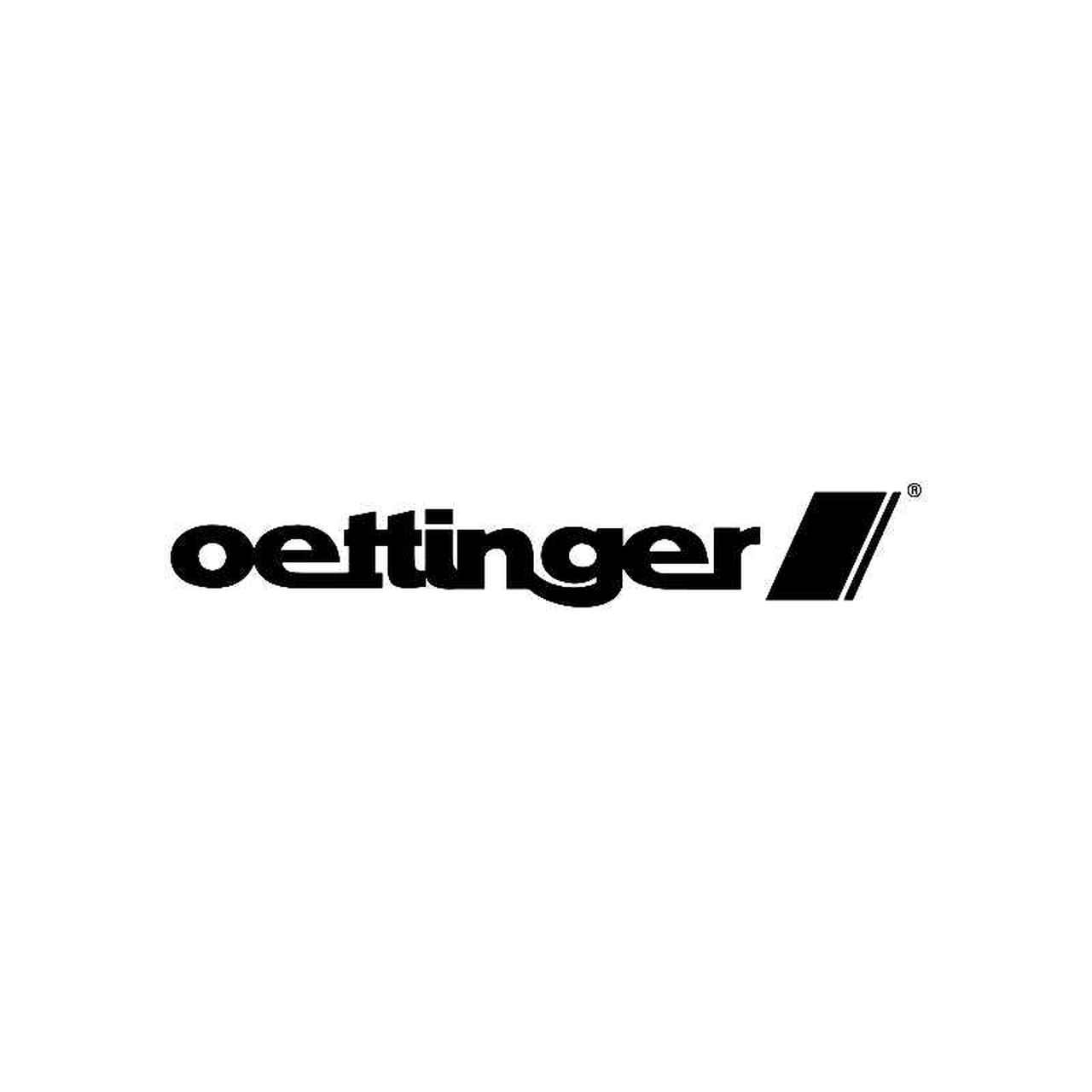

These vehicles will have similar designs and specifications as the JDM version but often have different names and slight design differences. Some Japanese automakers will create different versions of their cars and SUVs for a wide variety of international markets. With these differences, they will still be subject to the laws of the United States once they are imported and need to comply. Oftentimes, these vehicles will have right-hand drive configurations and may even have different language settings for the navigation and infotainment displays. Japan has different standards for vehicles than North America and this will be reflected in the vehicle’s design and components.

If a vehicle is going to be designated with the JDM abbreviation, it has to be specifically designed and built for the Japanese car market. By knowing what you have to do and what the drawbacks and benefits are, you can make the right decision for your needs. Importing a vehicle has some unique challenges that you should understand if you are going to purchase a Toyota Supra, Honda Civic, or Nissan Skyline that has been made in Japan and designed for that region. However, there are some considerations you have to think about before deciding if that is the right choice. If you are looking for a unique car that has some better performance specs and a higher reliability rating than the ones that are available in the United States, a JDM car could be your best bet. This is why it has become a popular practice to buy JDM cars straight from the country where they were originally designed and built. While these North American versions are similar, many people believe that the models built for the Japanese market are of higher quality and better when it comes to performance. There are many Japanese automakers and most of the time, they build cars that are specifically meant to be used in North America. You would need to be careful about installing JDM headlamps on a car in America, because the light will be focused on the middle of the road, rather than the side of the road.When speaking about vehicles, the acronym 'JDM' stands for Japanese Domestic Market, which is a way of saying cars that were built for use in Japan instead of the United States car market.

The other potential problem with JDM cars, and JDM accessories like headlamps, is that the Japanese drive on the left hand side of the road. One of the downsides, however, is that all of those great features mean that it is also a target for car thieves, so insurance premiums will be higher. The upside to JDM are that the car is powerful, high performance, it looks great, and it will make your car stand out from the regular export versions of the same model of car.

What does JDM stand for? It stands for what the Japanese motor enthusiasts really do to their own cars. Rice cars, on the other hand, are typically cars with oversized spoilers and air intakes, and under-car neon lights that would blind the innocent passer-by! JDM stands for a more sophisticated, cool looking car with a high performance engine. Many people think that JDM parts and accessories, such as headlamps and trim, look a lot more stylish than the export versions, and they can also be easily fitted straight onto to an export model of the same car. Because the Japanese motorists don’t do so many miles and they don’t keep their cars for so long, you can pick up a high spec JDM engine, for example, for a fraction of the price of the equivalent engine that has been made specifically for the export market. If you are wondering what is JDM in the context of modified cars, then that’s a different story again! What is JDM? Well, it’s not a rice car! JDM is a subtle and sophisticated style, much in line with the original styling of the car that was produced for the Japanese market and, where possible using real JDM parts. What does JDM stand for in modified cars? Honda’s Variable Cylinder Management (VCM), for example, was available on JDM cars five years earlier than it was available on cars made for export. Typically, when you see it outside of Japan, you can assume that what JDM stands for is a harder suspension, better throttle response, the very latest technology and, quite often, a much better engine. Japanese car manufacturers have responded to this domestic need by producing JDM cars that are very different from the same models of cars that they produce for export.


 0 kommentar(er)
0 kommentar(er)
